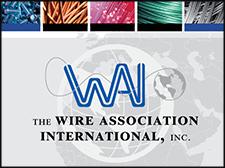Skills Of Machining Steps With Surface Grinding Machine
As shown in the figure below, if the same part is changed in one direction, the grinding efficiency will be different. Which direction would you choose to start from?
01.Extra Long Workpiece Grinding Steps
02.Grinding Steps For Small Workpieces
Small workpieces often encounter steps of only 0.1mm or even 0.05mm. Grinding such steps can be processed at will for imprecise machining. For precision parts, the corners must be cleaned. Generally, the design will indicate the need for cleaning. The angle makes R less than 0.03mm. No matter how small the step is, it must be straight, even if there are only a few wires. The general material can be achieved by using 120K to clear the angle 3-5 times. It is more troublesome for materials with particularly high hardness, such as For materials such as DC53 and SKH-9, you need to use a finer grinding wheel such as 360K to clean the corners, and the number of times needs to be increased accordingly. If you check the size of R, the experienced master will take a long time to do it based on his feelings and experience. Friends can use projection to check, and after a few projections, they will know in their minds.
03.Steps With R
This situation is also very common. It should be noted that when roughing, you need to leave the R position to open a step. When finishing the R, you can directly repair it in place.
04 Four-Sided Steps
For this type of work piece, you need to pay attention to leaving a certain craft table on each side. Some places are called standing feet. Otherwise, there will be no support points when grinding the steps and finishing, and there is the possibility of deformation. Yes, it will not be deformed when removing the craft table.
Featured Product

The Wire Association International (WAI), Inc.
The Wire Association International (WAI), Inc., founded in 1930, is a worldwide technical society for wire and cable industry professionals. Based in Madison, Connecticut, USA, WAI collects and shares technical, manufacturing, and general business information to the ferrous, nonferrous, electrical, fiber optic, and fastener segments of the wire and cable industry. WAI hosts trade expositions, technical conferences, and educational programs.
